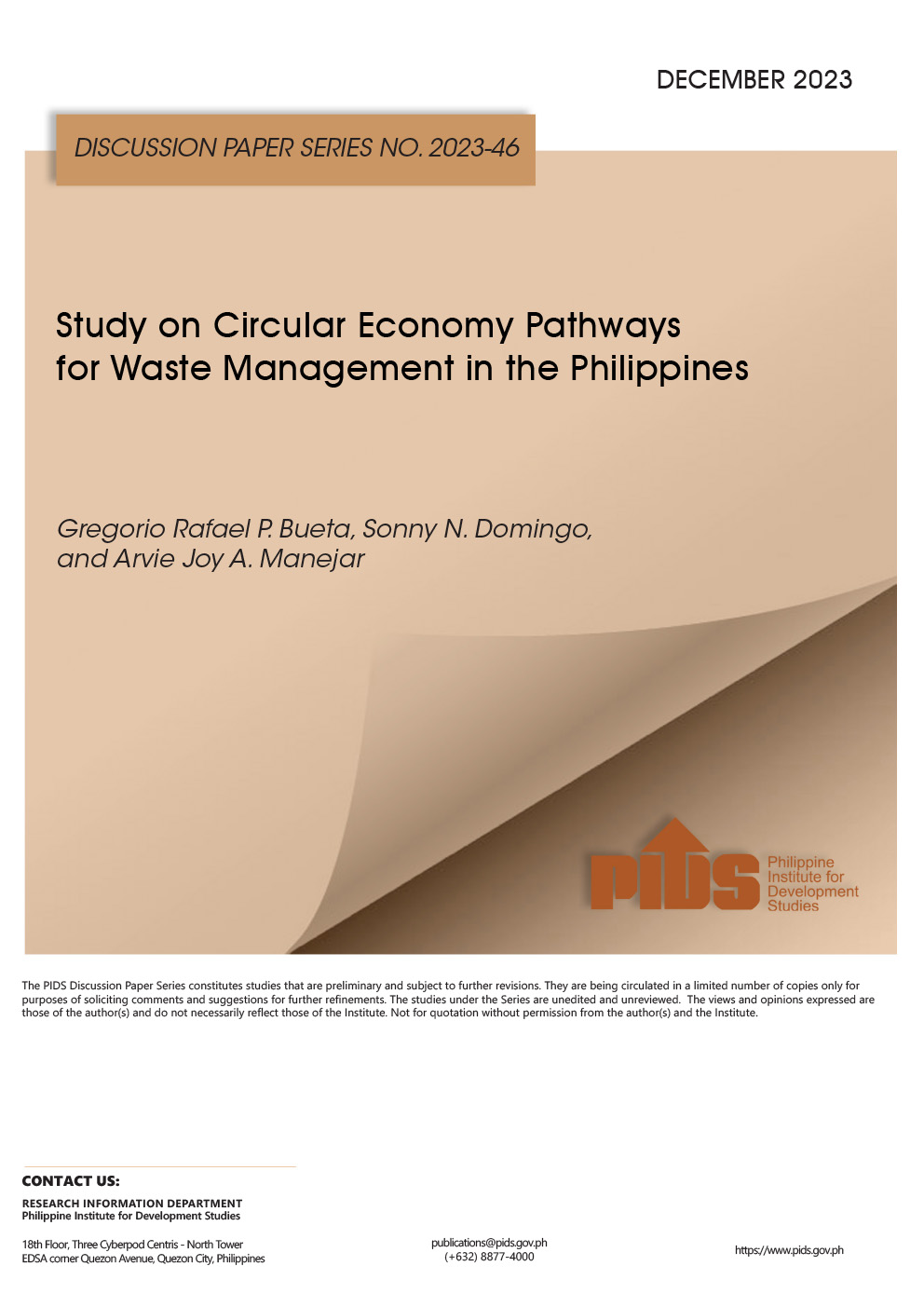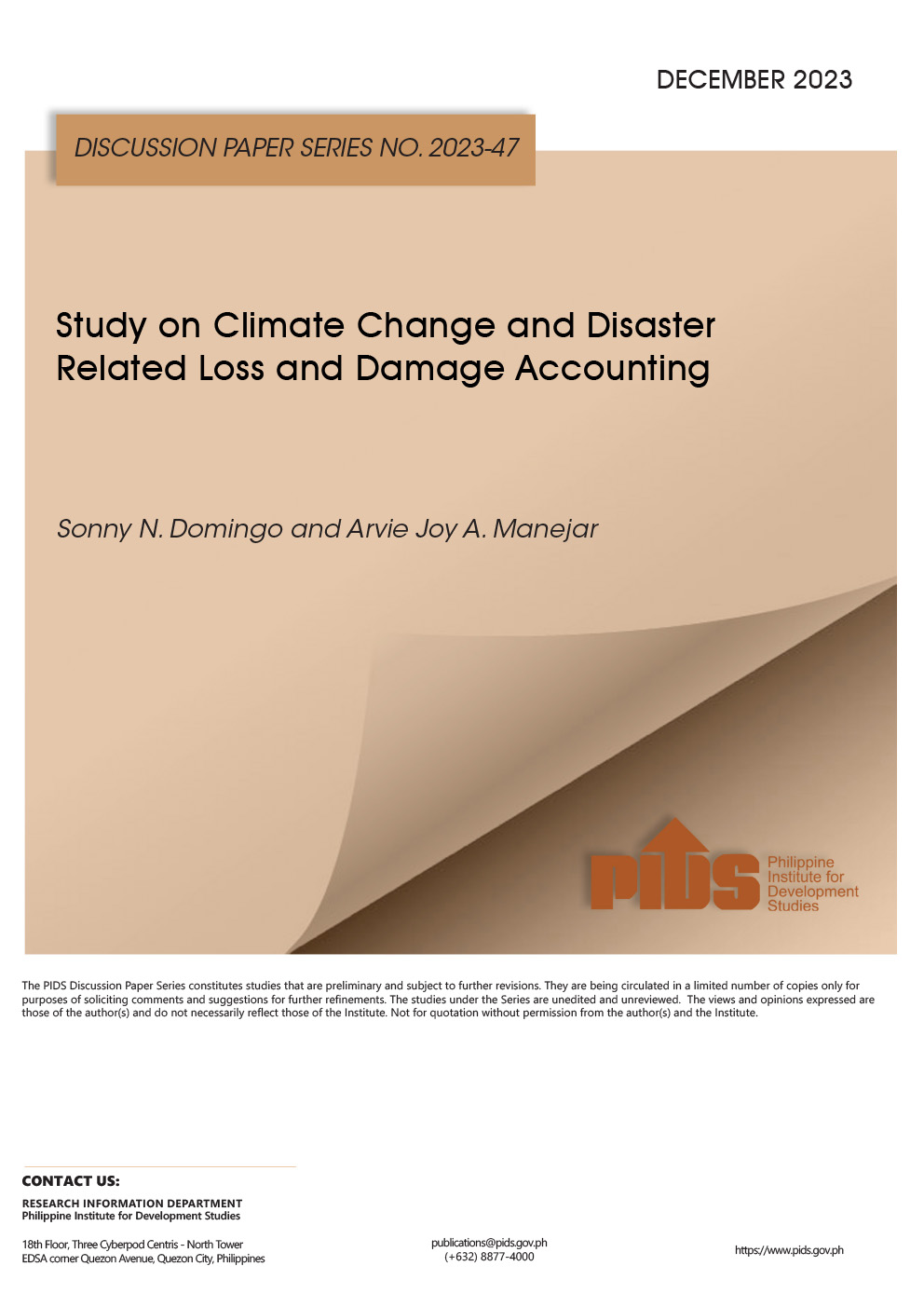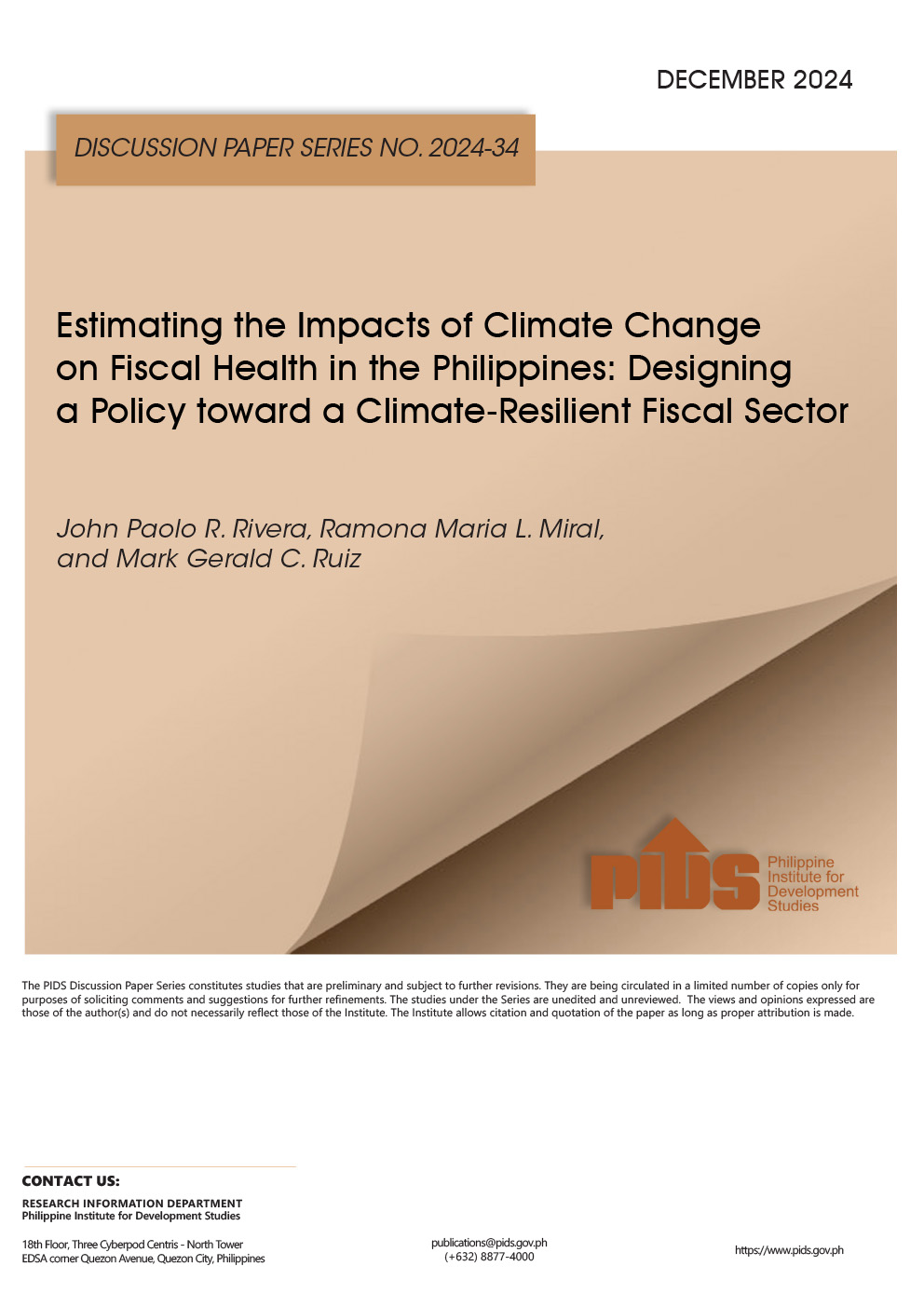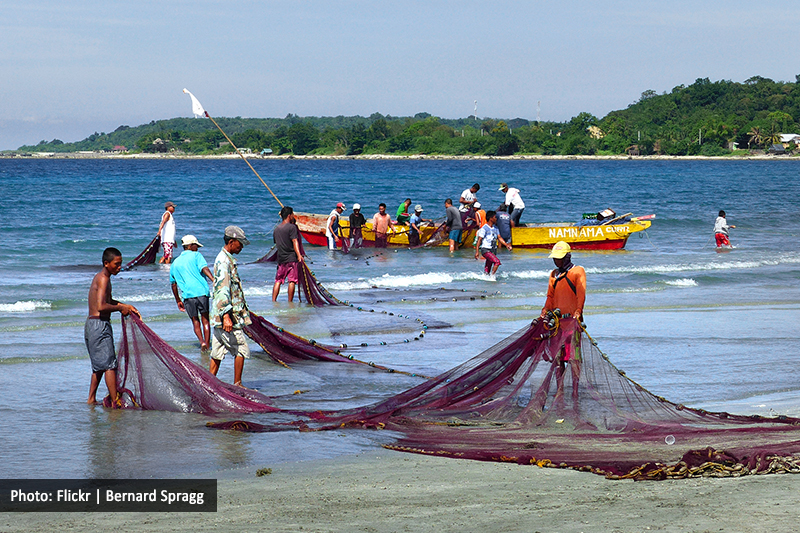THE closure of Boracay cost the Philippine economy and Filipino workers billions in revenue and income between May and October 2018, according to state-owned think tank Philippine Institute for Development Studies (PIDS).
This was the result of a study, titled “The Boracay Closure: Socioeconomic Consequences and Resilience Management,” authored by PIDS President Celia M. Reyes; Senior Research Fellow Jose Ramon G. Albert; Research Fellow Francis Mark A. Quimba; and research assistants Ma. Kristina P. Ortiz and Ronina D. Asis.
The study estimated that the aggregate economic loss of the Boracay closure was between P20.8 billion and P83.15 billion, while in terms of income, the loss in compensation would range from P7 billion to P27.9 billion.
“Tourism sectors would be most affected, as well as agriculture and services, albeit slightly. Overall, while the results may not be very significant at the national level, it will still have its direct and indirect effects to people living in the island and in the entire municipality of Malay,” the authors said.
“The study recommends the need to craft strategic and harmonized overall plan which lays out the various government efforts to safeguard the welfare of those who will be severely affected by the sudden closure of Boracay,” they added.
The authors said that in 2017, Boracay had over 2 million visitors and about half were foreigners. This was a 16-percent growth from the 1.73 million tourists recorded in 2016.
Tourist receipts from Boracay also increased to P56.1 billion in 2017, from P4.9 billion in 2001. This indicated an annual average growth rate of 16.5 percent.
The authors estimated that if there was a reduction of 5 percent in tourist receipts due to the closure, the projected loss in total output would be P20.79 billion and the projected loss in compensation would be P6.97 billion.
If the decline in tourist receipts would be higher at 10 percent, the projected losses in total output would be P41.57 billion and the losses in compensation would reach P13.95 billion.
Under the last scenario, where there is a 20-percent reduction in tourism receipts, the projected losses in total output would be P83.15 billion, while the lost income would be P27.89 billion.
“The projected economic losses for the entire economy for the period May to October 2018 were computed using the multiplier effects of tourism-related sectors,” the authors said.
The authors said that on an industry basis, the largest direct impact was in accommodation services for visitors which could have reached P10 billion, followed by entertainment, recreation services and shopping at P9.7 billion.
The losses of food and beverage serving services, the authors said, may have reached P9.3 billion; transport services, P8.8 billion; and miscellaneous activities, P0.8 billion.
In order to address the losses, the authors said the government must provide some form of assistance, especially to low-income workers. These include workers earning daily wages of around P50 or P150 per day.
Further, the authors recommended that there needs to be either a monthly cash assistance or a one-time lump-sum cash transfer to affected workers.
The results, the authors said, also point toward the creation of a registry of Boracay residents. This will make it easier to identify residents who will be affected by shocks.
The use of a Community-Based Monitoring System (CBMS) can be used to create the database. Malay, the authors said, is scheduled to implement its CBMS in 2018 but has yet to start data collection.












